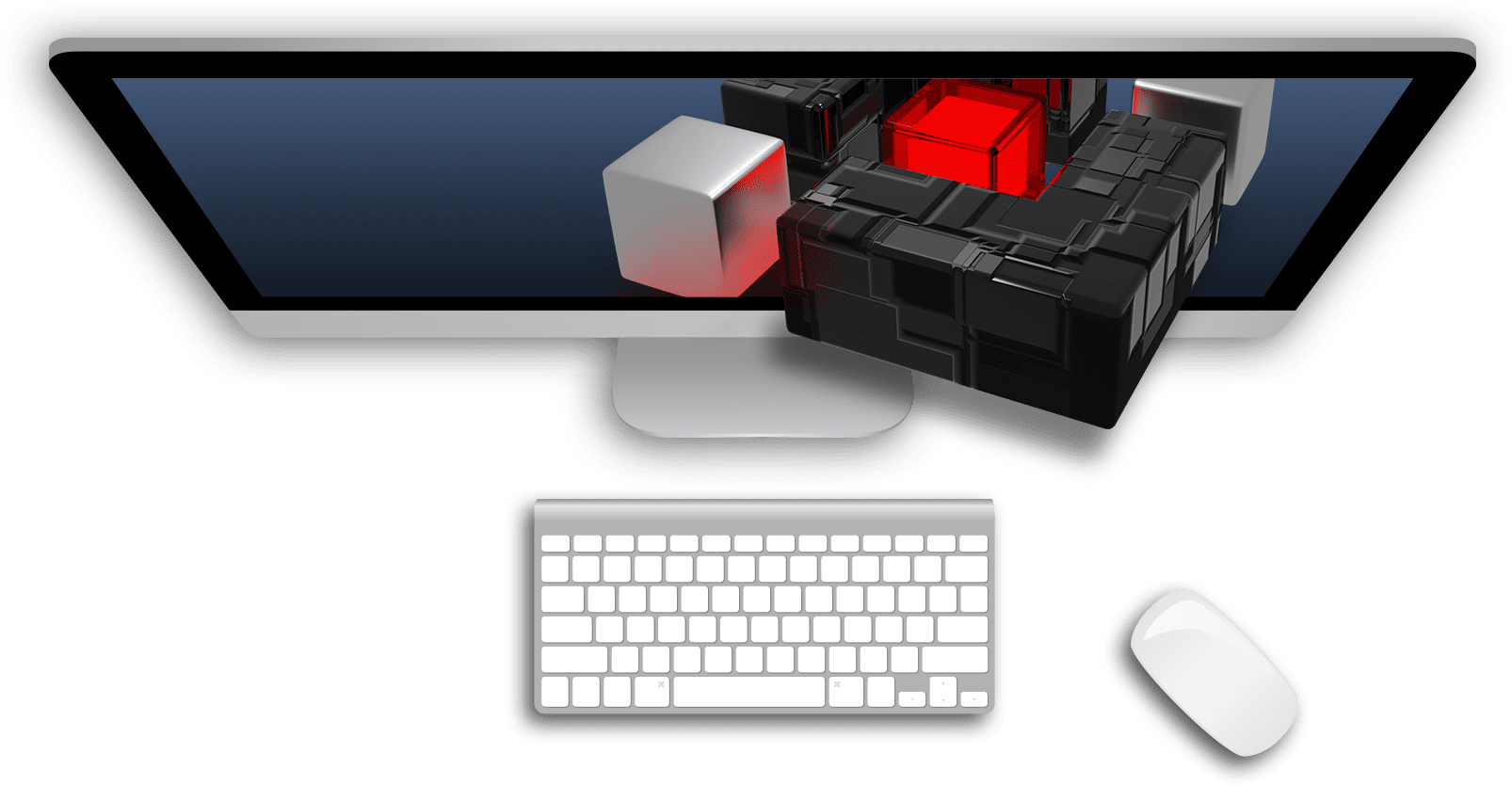We hear many adventurous stories about the Darknet. It seems to be the dark counterpart to the Internet we know and use every day for work, education and leisure. In the hidden corners of the Darknet, criminals are said to have marketplaces offering all kinds of illegal and dangerous goods: Drugs, weapons, malware, even contract killings are said to be available there for online ordering from the comfort of your own home. But is that true – is the Darknet really just a network for criminals?
Darknet, Deep Web, Internet – so what is that?
The Internet is a worldwide network where we can find information on virtually any topic imaginable. We can buy almost anything online and network with people from all over the world. The Internet that most people know in everyday life is also called the Clear Web, Surface Web or Visible Web. Here, for example, we can use search engines to look for topics that interest us at the moment or simply surf our favorite sites. However, this “visible web” makes up only a surprisingly small part of the entire Internet. The so-called Deep Web is significantly larger.
In simple terms, the Deep Web is the network that is not visible on the surface. The content on the Deep Web is not necessarily more secret or more worthy of protection than the rest of the network. First of all, Deep Web simply means that this content is not visible to search engines and thus cannot be found by chance. This could be, for example, the internal parts of a website that you only see after you log in.
The Darknet, in turn, is a very small component of the Deep Web – a separate small network within the Deep Web to which access is restricted.
Who can access the Darknet? And how do you gain access?
Basically, with a few simple requirements, anyone could access the Darknet’s websites. You don’t need to be a hacker and you don’t need to belong to a secret criminal organization. Nevertheless, no one will end up on the Darknet by accident while surfing. The reason: In order to get access to this part of the Internet, you need a browser that can handle a very special kind of protocol – the “onion” protocol. The best-known browser of this type is called “Tor”. Conventional browsers like Chrome, Firefox or Edge, which most people use every day for surfing, do not master this protocol.
In addition, many areas on the hidden Internet are additionally protected and can only be accessed by invitation, for example. In that case, you would have to know someone who sends an invitation or otherwise prove your own trustworthiness.
What are Tor Browser, Tor Network, and Onion Routing?
Tor is the most widely used browser for surfing the Darknet anonymously. Tor is an acronym for The Onion Router. The network behind Tor uses the principle of an onion: The user’s identity is hidden behind many layers and thus remains unrecognizable to outsiders. Tor uses its own Tor network of worldwide nodes for onion routing. When a request is sent over the Tor network in the browser, the signal does not travel directly to its destination. Instead, it takes detours through various nodes around the world. On the one hand, this means that the origin and thus the location of the user is no longer apparent – the user surfs anonymously. On the other hand, no direct connection can be drawn between two participants, which improves privacy. This is also the reason why surfing with the Tor browser can sometimes feel very slow – it simply takes a certain amount of time to work through all the “layers of the onion”.
Tor is available for many operating systems and can therefore be used by practically every Internet user. Alternative browsers or projects to Tor include Hornet (Highspeed Onion Routing Network) and the I2P (Invisible Internet Project). The Hornet browser, for example, promises greater privacy at faster speeds.
What is the Darknet used for – and who uses it?
The anonymity of the Darknet is used by various groups of people for similar motives. Surfing anonymously and leaving hardly trackable traces on the Internet attracts many users who have a heightened awareness of security. In addition, in many cases very critical selection is made as to who is given access to a particular platform in the first place. The hidden activities are only protected enough if there is no one among the participants who could put the system at risk. The aim is to avoid people sneaking into the network who could become a threat to all users, e.g., undercover investigators or someone who makes their activities public.
First of all, it is true that the network is partly used to do illegal business. Criminals offer a wide range of regulated, prohibited or stolen content and goods. Those interested in such business can trade relatively anonymously in the dark parts of the Internet, both as buyers and sellers. From rather harmless pirated copies to stolen identities, forged documents and various drugs to unregistered weapons, everything you could imagine is traded. Cybercriminals also use it as a place to find tools for their criminal activities, e.g. viruses, hacking tools or other malware – or even to offer their services to people who want to book a criminal service provider for their next spam campaign.
Another group of people who use the hidden network are people who need to protect their communications as much as possible. These could be journalists, for example, who exchange information with informants or whistleblowers about sensitive topics and therefore often even have well-founded concerns about the lives of everyone involved. Activists or oppressed groups who have to organize largely in secret out of concern for their lives also value anonymity. So it is not automatically considered illegal activity when people seek the protection of the Darknet.
How to navigate in the Deep Web and the Darknet?
In principle, the websites of the darknet can be accessed in the same way as the websites on the Internet that we use every day: If you know the address of a page, you can access it directly in your browser. Because it would be impractical to impossible to find the desired content given the large number of Internet pages on the Web, we use search engines. They search all listed websites and show us the results that match our search query. Internet pages of the Darknet (and the Deep Web), however, remain explicitly invisible to Google, Bing and Co.
Consequently, anyone who wants to surf the hidden Internet or search for something cannot use their usual search engines for this purpose, which makes access even more difficult for many people. Instead, there are separate search engines for the Darknet. The best-known search engines are called Torch, Grams and ahmia.fi. However, the restriction here is that the sites must be actively entered in a directory by their operators in order to be found. In other words, much of the Darknet’s content can only be accessed if you are invited by a link or know the address from another source. Access to some Darknet content is therefore not trivial, despite Tor and special search engines.
Can the Darknet be accessed legally?
Merely surfing the darknet is not automatically illegal. If you look at it in general, the darknet simply offers a way to stay anonymous while surfing. Nevertheless, there is a lot of content in this area of the web that is illegal. However, this also applies to the Clear Web, which we know from everyday life: Here, too, it is possible to illegally gain access to content that is protected by copyright, for example.
Thus, accessing the darknet is by no means illegal; it depends on what you do there. Anyone who violates applicable law is liable to prosecution on both the Clear Web and the Deep Web. Nevertheless, users should be careful, because a considerable proportion of the content on the darknet is actually illegal. The problem is that you could be liable to prosecution if thumbnails with problematic content (e.g. child pornography) are cached on your computer when you load any website. In extreme cases, you could face legal consequences, even though you never actively searched for illegal content.




